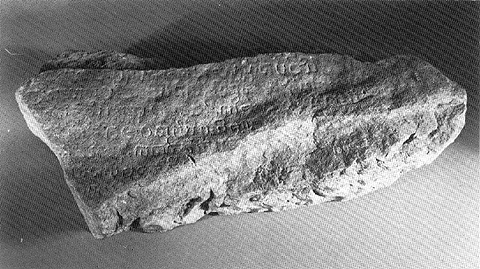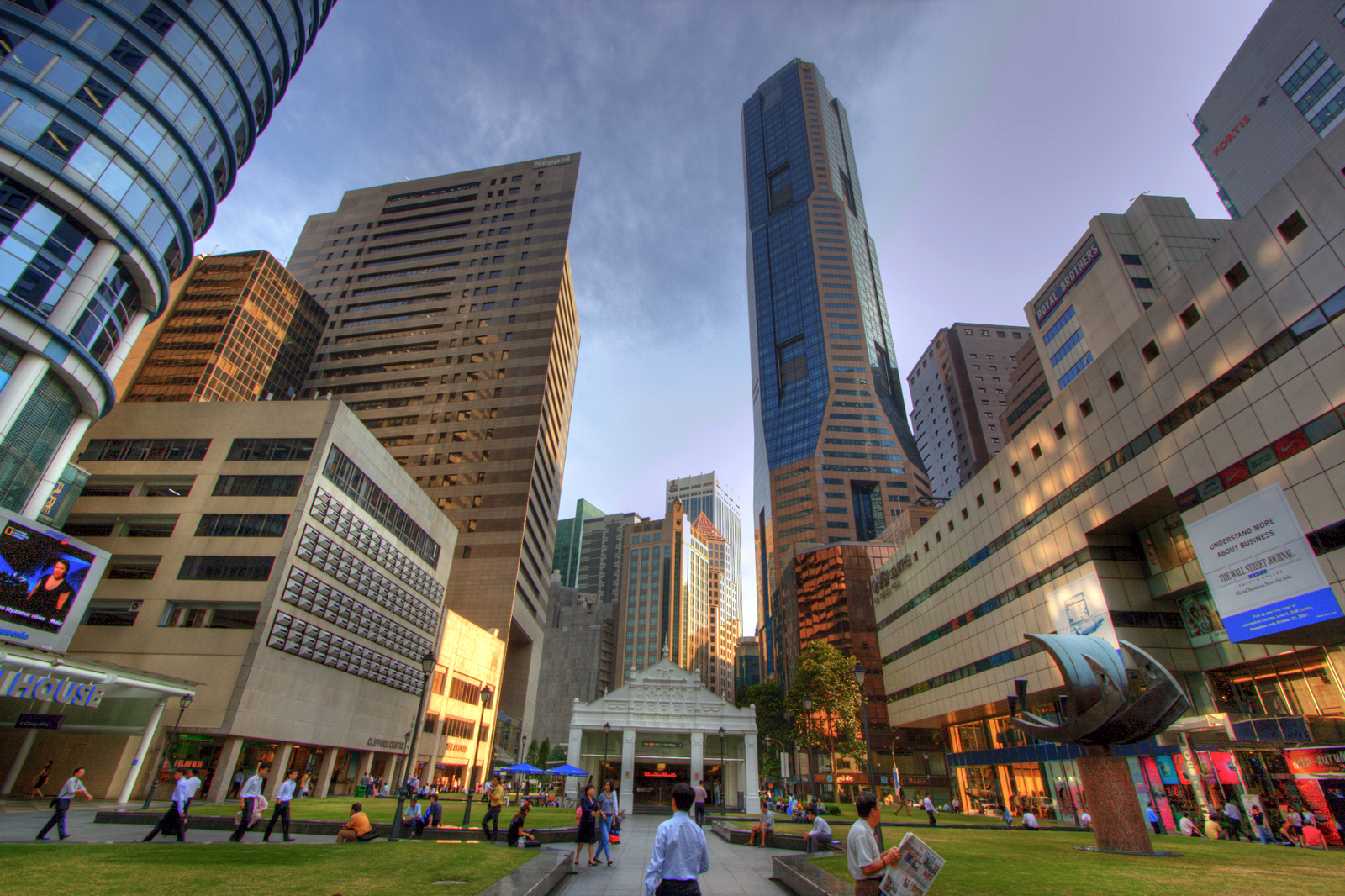|
Singa The Lion
''Singa The Courtesy Lion'' was a mascot used for various public education campaigns in Singapore. It was created to educate the public on courtesy, graciousness and eventually kindness. A public education campaign featuring Singa the Lion was launched in 1982 under the National Courtesy Campaign with the slogan, "Courtesy is part of our tradition, it's so nice to be courteous." From 2009, Singa the Lion has been adopted as the official mascot of the Singapore Kindness Movement. Origins Singa the Kindness Lion was initially created by a team of artists working under the then Ministry of Information & the Arts (MITA) - Now known as Ministry of Information, Communications and the Arts. The creation of Singa was overseen by Basskaran Nair, a civil servant, who headed the National Courtesy Campaign in its early years. The team tasked with creating Singa consisted of chief artist Joseph Teo, Ahmad Asran and Eileen Wat. The team created Singa within a period of 6 weeks. The initial des ... [...More Info...] [...Related Items...] OR: [Wikipedia] [Google] [Baidu] |
Singapore Kindness Movement
The Singapore Kindness Movement is a non-government, non-profit organisation, a registered charity and aInstitution of Public Characterthat executes public education programs aimed at cultivating kindness and graciousness in Singaporean society. It was officially launched in 1997. The movement serves as the successor to the Singapore Courtesy Council that oversaw the National Courtesy Campaign (Singapore) from the 1980s through the 1990s. History The Singapore Kindness Movement (SKM) was initiated in response to Prime Minister Goh Chok Tong’s call to Singaporeans to develop into a more caring and gracious society in the new century. In his 1996 New Year’s address, stated "We have become a developed economy because we put our minds to it and strive hard to reach our goals. Let us now complement our economic achievements with social, cultural, and spiritual development. Then by the 21st century, Singapore will be a truly successful, mature country, with a developed economy an ... [...More Info...] [...Related Items...] OR: [Wikipedia] [Google] [Baidu] |
Ministry Of Information, Communications And The Arts
The Ministry of Communications and Information (MCI; ms, Kementerian Perhubungan dan Penerangan; zh, 通讯及新闻部; ta, தொடர்பு, தகவல் அமைச்சு) is a ministry of the Government of Singapore responsible for overseeing the development of the infocomm technology, cyber security, media sectors, as well as the government’s information and public communication policies. It is also responsible for maintaining the national library, national archives and public libraries. History On 5 June 1959, the Ministry of Culture came into being with the swearing-in and appointments of ministers of the new Government of Singapore. On 1 February 1980, the Broadcasting Division of the Ministry of Culture became a statutory board, the Singapore Broadcasting Corporation. 1985 saw the dissolution of the Ministry of Culture. Its Information Division came under the new Ministry of Communications and Information (MCI). Its arts promotion component was ass ... [...More Info...] [...Related Items...] OR: [Wikipedia] [Google] [Baidu] |
Society Of Singapore
A society is a group of individuals involved in persistent social interaction, or a large social group sharing the same spatial or social territory, typically subject to the same political authority and dominant cultural expectations. Societies are characterized by patterns of relationships (social relations) between individuals who share a distinctive culture and institutions; a given society may be described as the sum total of such relationships among its constituent of members. In the social sciences, a larger society often exhibits stratification or dominance patterns in subgroups. Societies construct patterns of behavior by deeming certain actions or concepts as acceptable or unacceptable. These patterns of behavior within a given society are known as societal norms. Societies, and their norms, undergo gradual and perpetual changes. Insofar as it is collaborative, a society can enable its members to benefit in ways that would otherwise be difficult on an individual bas ... [...More Info...] [...Related Items...] OR: [Wikipedia] [Google] [Baidu] |
History Of Singapore
The history of the modern state of Singapore dates back to its founding in the early nineteenth century; however, evidence suggests that a significant trading settlement existed on the Singapore Island, Island of Singapore in the 14th century. The last ruler of the Kingdom of Singapura, Parameswara (sultan), Parameswara, was expelled by the Majapahit or the Ayutthaya Kingdom, Siamese and he then founded Malacca Sultanate, Malacca. Singapore then came under the Malacca Sultanate and then the Johor Sultanate. In 1819, British statesman Stamford Raffles negotiated a treaty whereby Johor allowed the British to locate a trading port on the island, ultimately leading to the establishment of the Founding of modern Singapore, crown colony of Singapore in 1867. Important reasons for the rise of Singapore were its nodal position at the tip of the Malay Peninsula flanked by the Pacific and Indian Oceans, the presence of a natural sheltered harbour, as well as its status as a free port. Du ... [...More Info...] [...Related Items...] OR: [Wikipedia] [Google] [Baidu] |
Singaporean Culture
The culture of Singapore has changed greatly over the millennia. Its contemporary modern culture consists of a combination of Asian and European cultures, mainly by Malay, South Asian, East Asian and Eurasian influences. Singapore has been dubbed as a country where "East meets West", "Gateway to Asia" and a "Garden city". History Singapore's indigenous culture originates primarily from the Austronesian people that arrived from the island of Taiwan, settling between 1500 to 1000 BCE. It was then influenced during the Middle Ages primarily by multiple Chinese dynasties such as the Ming and Qing, as well as by other Asian countries such as the Majapahit Empire, Tokugawa shogunate, and the Ryukyu Kingdom. In the near-contemporary history after the British arrived, Singapore was also influenced by western countries. Repeated influence, absorption and selection in various ways have added to the development of a distinct and unique culture. It has a diverse populace of over 5.4 ... [...More Info...] [...Related Items...] OR: [Wikipedia] [Google] [Baidu] |
Cartoon Mascots
A cartoon is a type of visual art that is typically drawn, frequently animated, in an unrealistic or semi-realistic style. The specific meaning has evolved over time, but the modern usage usually refers to either: an image or series of images intended for satire, caricature, or humor; or a motion picture that relies on a sequence of illustrations for its animation. Someone who creates cartoons in the first sense is called a ''cartoonist'', and in the second sense they are usually called an ''animator''. The concept originated in the Middle Ages, and first described a preparatory drawing for a piece of art, such as a painting, fresco, tapestry, or stained glass window. In the 19th century, beginning in ''Punch'' magazine in 1843, cartoon came to refer – ironically at first – to humorous artworks in magazines and newspapers. Then it also was used for political cartoons and comic strips. When the medium developed, in the early 20th century, it began to refer to animated films ... [...More Info...] [...Related Items...] OR: [Wikipedia] [Google] [Baidu] |
Public Service Announcement Characters
In public relations and communication science, publics are groups of individual people, and the public (a.k.a. the general public) is the totality of such groupings. This is a different concept to the sociological concept of the ''Öffentlichkeit'' or public sphere. The concept of a public has also been defined in political science, psychology, marketing, and advertising. In public relations and communication science, it is one of the more ambiguous concepts in the field. Although it has definitions in the theory of the field that have been formulated from the early 20th century onwards, and suffered more recent years from being blurred, as a result of conflation of the idea of a public with the notions of audience, market segment, community, constituency, and stakeholder. Etymology and definitions The name "public" originates with the Latin '' publicus'' (also '' poplicus''), from '' populus'', to the English word ' populace', and in general denotes some mass population ("the ... [...More Info...] [...Related Items...] OR: [Wikipedia] [Google] [Baidu] |
Lion Mascots
The lion (''Panthera leo'') is a large cat of the genus ''Panthera'' native to Africa and India. It has a muscular, broad-chested body; short, rounded head; round ears; and a hairy tuft at the end of its tail. It is sexually dimorphic; adult male lions are larger than females and have a prominent mane. It is a social species, forming groups called ''prides''. A lion's pride consists of a few adult males, related females, and cubs. Groups of female lions usually hunt together, preying mostly on large ungulates. The lion is an apex and keystone predator; although some lions scavenge when opportunities occur and have been known to hunt humans, lions typically don't actively seek out and prey on humans. The lion inhabits grasslands, savannas and shrublands. It is usually more diurnal than other wild cats, but when persecuted, it adapts to being active at night and at twilight. During the Neolithic period, the lion ranged throughout Africa and Eurasia from Southeast Europe to In ... [...More Info...] [...Related Items...] OR: [Wikipedia] [Google] [Baidu] |




